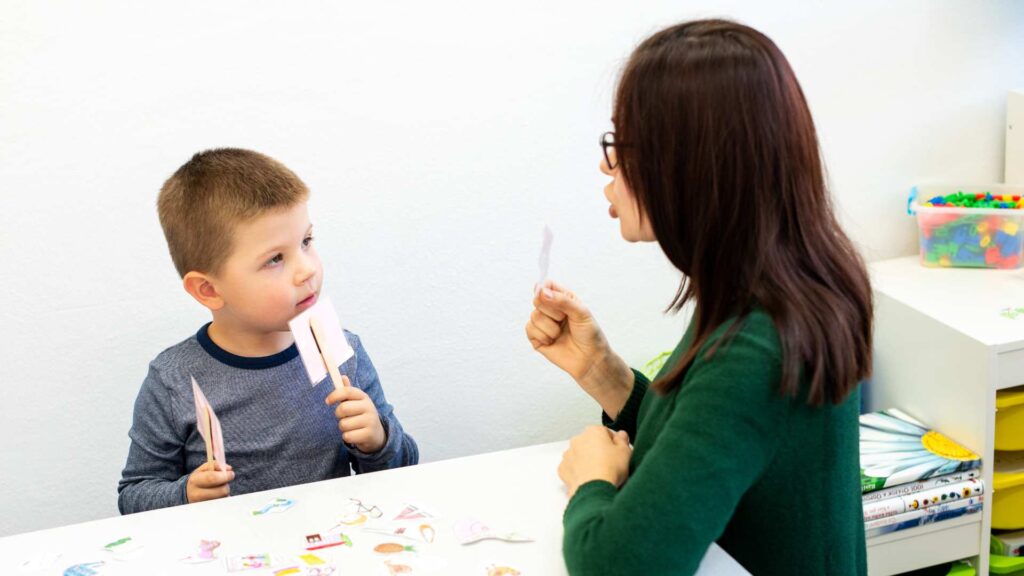Table of Contents
Why do individuals with autism struggle with hygiene?
In the broad spectrum of autism, we encounter a diversity of challenges that affect not only behavior but also the most basic everyday activities, such as handwashing in autism. From resistance to following established routines to difficulty processing and understanding instructions, individuals with autism often face unique obstacles in maintaining personal hygiene.
For this reason, many may wonder why individuals with autism struggle with hygiene. Well, although each individual with Autism Spectrum Disorder (ASD) is unique, there are several contributing factors. Among them are sensory difficulties, which can make the sensation of water or soap overwhelming or uncomfortable for some individuals with autism.
It’s essential to recognize that while teaching handwashing to individuals with autism may be challenging, it is a necessary skill they must learn. Not only is it a fundamental practice for individual health, but it also plays a vital role in preventing infectious diseases. By helping individuals with autism master these skills, we’re not only promoting their well-being but also contributing to the creation of safer and healthier environments for everyone.
Let’s continue to understand in this blog by Texas ABA Centers the difficulties of handwashing in autism and how families in Austin, Dallas, and Houston can implement strategies to improve hygiene habits.
Understanding the Challenges
Autism presents a range of challenges that can hinder the development of essential skills, influenced by both internal and external factors. In the context of handwashing, several common hurdles arise:
Sensory Sensitivities – Individuals on the spectrum often face sensory issues, perceiving stimuli differently. This sensitivity variation can significantly impact handwashing, as sensations like water temperature, soap texture, and towel feel may provoke adverse reactions due to heightened or reduced sensitivity.
Transition Difficulties – Adjusting from one activity to another or coping with routine changes can be particularly challenging. Introducing handwashing as a new routine requires a level of predictability crucial for individuals with autism. Indiana University Bloomington suggests that these difficulties hinder independence and complicate interactions in community settings, potentially causing resistance or discomfort during handwashing.
Executive Functioning Challenges – In addition to issues with interaction, communication, and repetitive behaviors, individuals with ASD may struggle with executive functions, such as planning and impulse control. According to Frontiers in Psychiatry, individuals with ASD often exhibit reduced executive function capabilities, making the sequential steps involved in handwashing daunting.
Communication Hurdles – Verbal communication difficulties can further hinder the ability to follow handwashing instructions, affecting how parents and caregivers convey the importance and techniques of this hygiene practice.
Social Interaction Difficulties – Handwashing can involve social elements like seeking assistance or encountering others in restrooms, which may be stressful for children with autism due to challenges with social communication and eye contact.
6 Strategies to Improve Handwashing in Autism
Teaching new skills to children with autism may seem challenging, but with patience and following viable strategies, you can achieve it. You can start gradually with each step and choose the one that best suits your loved one until they complete the handwashing process successfully.

You can follow the following strategies:
1. Modeling and Visualization: Repeatedly and clearly explain the handwashing process. Use visual aids or even videos that show each step in detail. For some children with autism, visualizing the process may be more effective than verbal explanation.
2. Simplification of the Process: Break down the act of handwashing into simple steps. For example, instead of saying “wash your hands,” divide the task into steps like “wet your hands,” “apply soap,” “rub them together,” “rinse with water,” and “dry your hands.” This process can help reduce anxiety and confusion that may arise from the complexity of the process.
3. Adaptation of Materials and Products: Consider your child’s sensory sensitivities and individual preferences. If your child cannot tolerate certain types of soap or textures, consider trying different options, such as fragrance-free or liquid soaps. Providing options that align with your child’s preferences can make the process more comfortable and successful.
4. Establishment of Routines and Schedules: Integrate handwashing into your child’s daily routine. Set specific times for handwashing, such as before meals, after using the bathroom, and upon returning home. Consistency and predictability can help your child internalize handwashing as part of their daily routine.
5. Positive Reinforcement: Use positive reinforcement to motivate your child to practice handwashing. Praise and reward your child when they follow the steps correctly. You can use verbal praise, stickers, or tangible rewards that are meaningful to your child. Positive reinforcement can support desired behavior and increase motivation to participate in the process.
6. Creation of a Supportive Environment: Create an environment that promotes handwashing. Ensure easy access to the sink and necessary supplies, such as soap and towels. Also, consider the layout of the bathroom or handwashing area to minimize distractions and facilitate focus on the task at hand.
ABA Therapy Enhances Hygiene Skills

ABA therapy employs a variety of techniques and tools to teach handwashing to children with autism. One key strategy is direct modeling, where the therapist demonstrates the handwashing process clearly and repeatedly. Using simple language and visualization, the therapist guides the child through each step, providing visual and verbal examples to reinforce understanding.
In addition to modeling, ABA therapists use shaping techniques to help children acquire skills gradually. This method involves breaking down the handwashing task into more straightforward steps and teaching each step separately. For example, if a child struggles to wet their hands, the therapist may start by teaching that specific step before moving on to the next.
Another commonly used technique is fading assistance, where the ABA therapist gradually reduces the amount of aid provided to the child as they gain more skill and confidence. For instance, initially, the therapist may physically guide the child’s hands through each step of handwashing, but over time, the child is encouraged to perform the task more independently.
Texas ABA Centers is Here to Help!
At Texas ABA Centers, we ensure that your child develops the necessary skills for a more independent future. We not only enhance self-care and hygiene but also build positive skills such as socialization, communication, and academic performance.
We understand that, in many cases, you play multiple roles as a parent, caregiver, educator, and therapist. That’s why we invite you to call us at (877) 771-5725 or schedule a free consultation to discover all the assistance you can receive from a personalized ABA therapy plan. Our empathetic therapists will also support you and provide guidance to make caring for your child on the spectrum more manageable.









